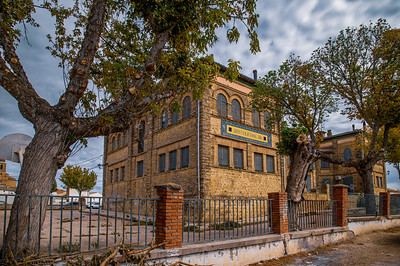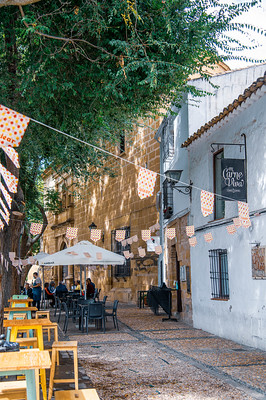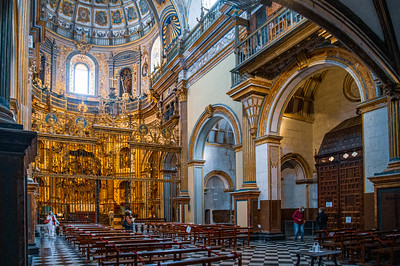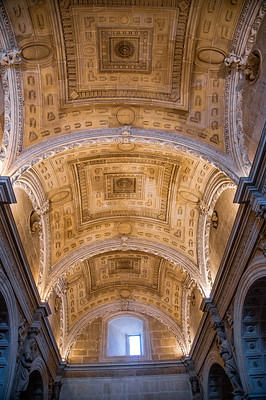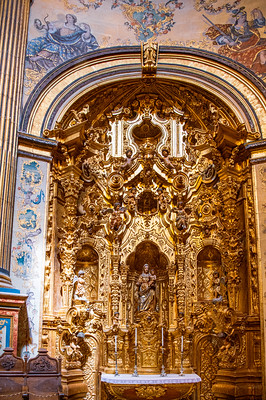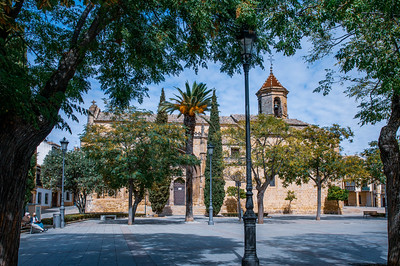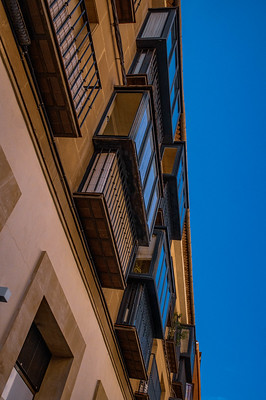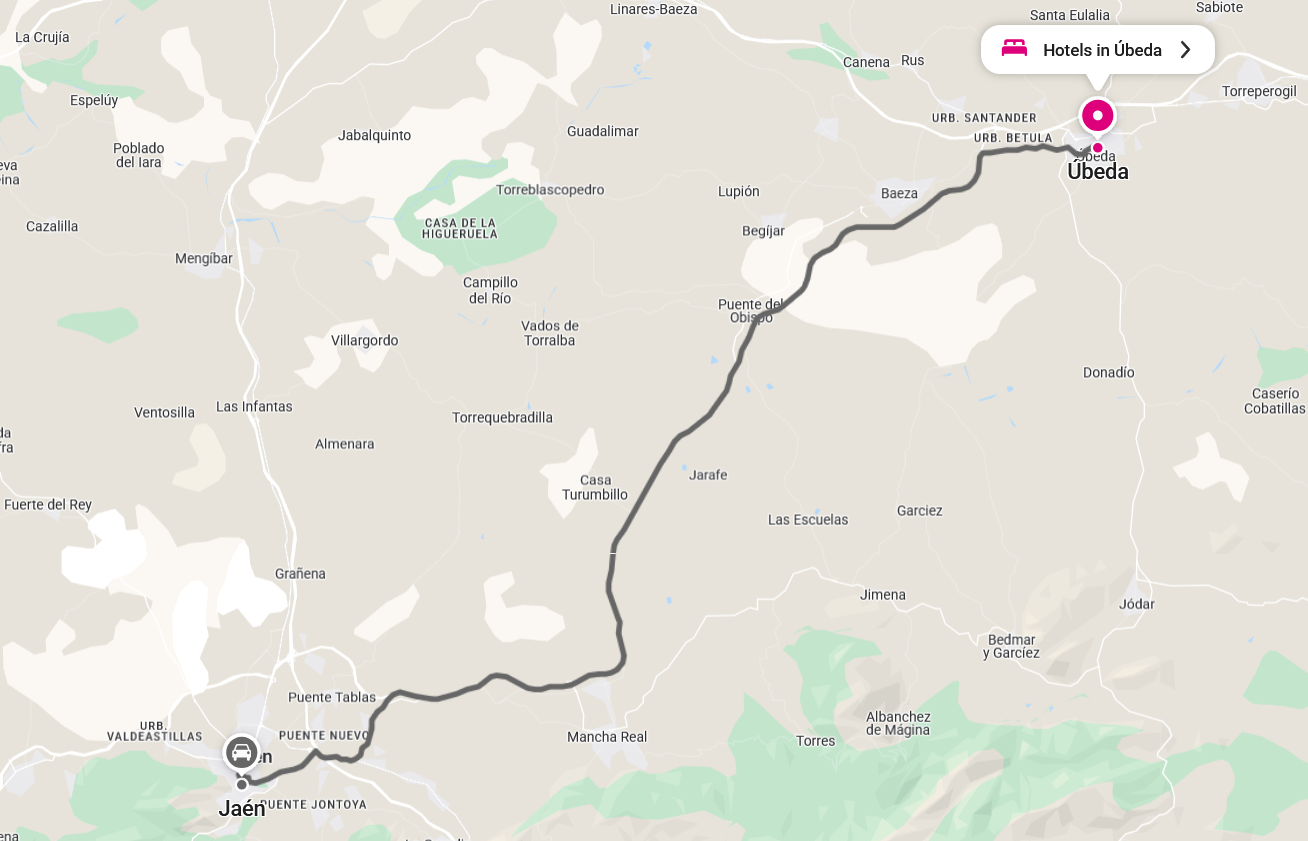Úbeda is a historic town located in the province of Jaén, in the southern region of Andalusia, Spain. Renowned for its exceptional Renaissance architecture and profound cultural heritage, the town offers a remarkable glimpse into the transformative epochs of Spanish history.
Úbeda’s origins trace back to ancient times, and its history reflects a fascinating blend of influences. Originally under Roman and subsequently Arabic influence, the town underwent significant transformation during the Renaissance period. During the 16th century, Úbeda became a center of artistic and intellectual activity, which is still evident in its meticulously preserved palaces and churches. The town’s transformation during this period earned it—and its neighbor Baeza—a place on the UNESCO World Heritage list, recognizing the outstanding testimony of cultural exchange and urban planning in the region.
Renaissance Splendour
The urban landscape of Úbeda is dominated by Renaissance architecture. The elegant palaces, intricate church facades, and public squares combine to create a cityscape that is both historically rich and visually captivating. Key examples include the Sacra Capilla del Salvador and several civic buildings that embody the ideals of Renaissance humanism.
Cultural Interplay
Úbeda’s architectural heritage is a mirror of its diverse historical influences. The remnants of its Islamic past merge with the Christian Renaissance revival, representing a unique cultural synthesis. This amalgamation is not only a testament to Spain's layered history but also an enduring symbol of the coexistence of different cultural traditions
UNESCO World Heritage Status
Together with the nearby town of Baeza, Úbeda has been recognized by UNESCO as part of the “Monuments of Úbeda and Baeza.” This designation highlights the towns' collective value as masterpieces of Renaissance urban design and architectural excellence.
Tourism and Modern Appeal
Today, Úbeda is a magnet for visitors eager to explore its historic streets, savor local Andalusian cuisine, and engage with a living history that spans centuries. The town’s compact layout, combined with its wealth of historical sites and festive atmosphere, makes it an ideal destination for cultural tourism. Walks through its narrow alleys reveal hidden courtyards, museums, and a vibrant local life that continues to celebrate its past while embracing modernity.
References
Text generated by Microsoft CoPilot






